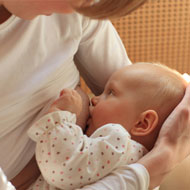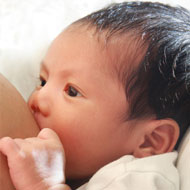- Postpartum Backache
- Postpartum Bloodshot Eyes
- Postpartum Bowel Movements
- Postpartum Breasts
- Postpartum Exhaustion
- Postpartum Fecal Incontinence
- Postpartum Hair loss
- Postpartum Incision Pain
- Postpartum Depression Symptoms
- Postpartum Depression Signs
- Postpartum Bleeding
- Postpartum Psychosis
- Postpartum Exercise
- Postpartum Weight Loss
- Postpartum Doula
- Postpartum Depression Treatment
- Postpartum Health
- Postpartum Headaches
- Postpartum Belly Band
- Postpartum Endometritis
- Postpartum Diarrhea
- Postpartum Anxiety
- Postpartum Cramping
- Postpartum Stress
- Postpartum Joint Pain
- Postpartum Conditions
- Postpartum Fever
- Postpartum Skin Problems
- Postpartum Sweating
- Postpartum Urinary Incontinence
- Urination Difficulties Postpartum
- Postpartum Infections
- Postpartum Hives
- Postpartum Gas
- Postpartum Travel
- Postpartum Recovery
- Postpartum Breastfeeding
- Postpartum Hemorrhoids
- Postpartum Pain
- Postpartum Vagina
- Postpartum Perineal Infection
- Postpartum Soreness
- Postpartum Perineal Soreness
- Postpartum Body
- Postpartum Skin
- Postpartum Checkup
Treatment For Postpartum Breast Engorgement
Postpartum breast engorgement occurs because of the increased levels of hormones in the body after childbirth and an increased level of prolactin in the body. Prolactin is responsible for the production of milk in your breasts.
After childbirth, when the placenta has been ejected from the body, a certain chain reaction in the form of milk production is set into motion and causes breasts to become engorged. When this process occurs, there is an increased circulation of blood to your breasts that makes them swollen and engorged.
Conditions During Postpartum Breast Engorgement
In some cases postpartum breast engorgement leads to swollen armpits, pain and discomfort. If you are feeding your baby, then postpartum breast engorgement does not last very long. In two or three days, you may be able to adjust to a feeding schedule that suits both you and your baby and thus breast engorgement will diminish substantially. However, there are several ways to ease postpartum breast engorgement immediately after childbirth. If you are nursing your child, then try to give yourself a warm compress in between feeding time for your child. This will help relieve pain and swelling. There are several cooling compresses that you can use to relieve symptoms of inflammation and pain. For instance, chilled cabbage leaves are very effective in treating postpartum breast engorgement. Place chilled cabbage leaves on your breasts or insert them in your bra for immediate relief.
Remedies for Postpartum Breast Engorgement
Before nursing, using a pump or your hand, extract some milk to help relieve pressure.
Ensure that you don't express too much milk because if your child is unable to feed as much as is necessary, it will only worsen the condition. It always helps to gently massage your breasts while nursing to ease the flow of milk and to relieve pressure. Frequent feeding also helps reduce postpartum breast engorgement significantly. Keep changing the position of your baby while nursing to ensure that he/she is receiving a sufficient and uninterrupted flow.
It is essential to wear the right kind of bra if you are experiencing postpartum breast engorgement. Ensure that it is a snug fit and provides adequate support. Postpartum breast engorgement may also be a problem of too little milk supply or an improper flow of milk to your baby. A warm compress prevents this, but in addition, you should hold your baby in an optimal position of feeding so he/she gets a good latch on your nipple and gets an adequate supply of milk. When you are not nursing, to discourage milk production and to help relieve pain and swelling, wear a snug bra and avoid milk expressing and any kind of simulation to the nipple.


